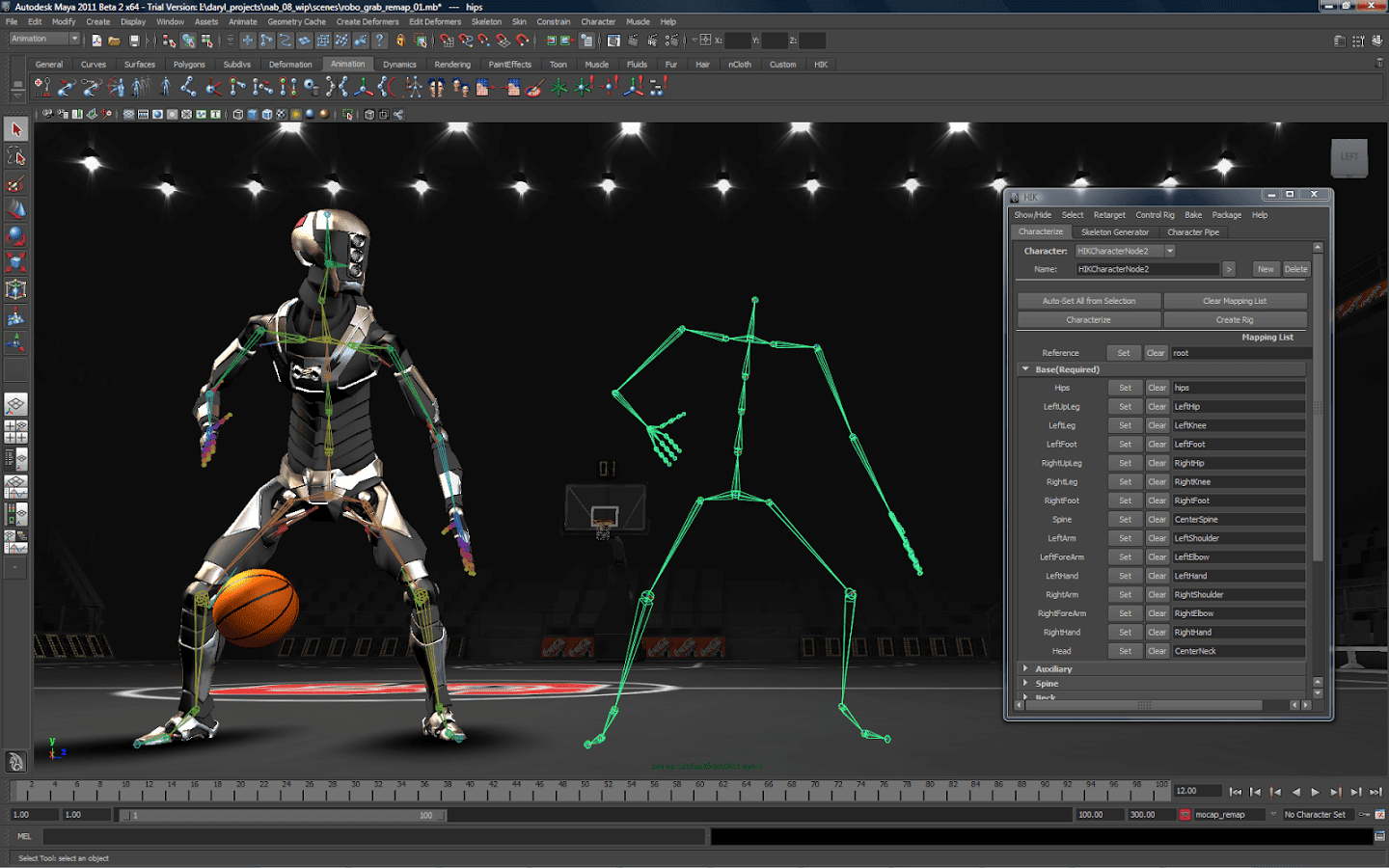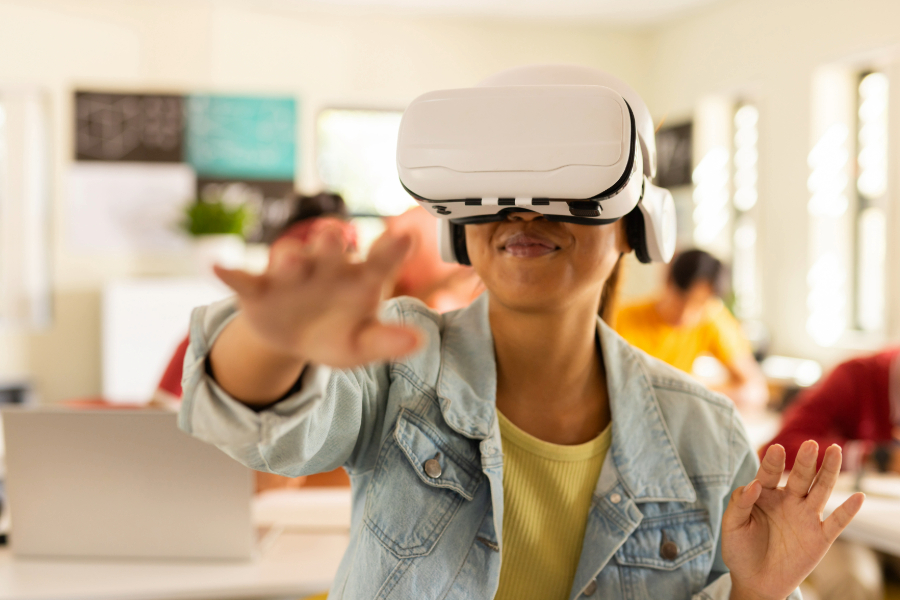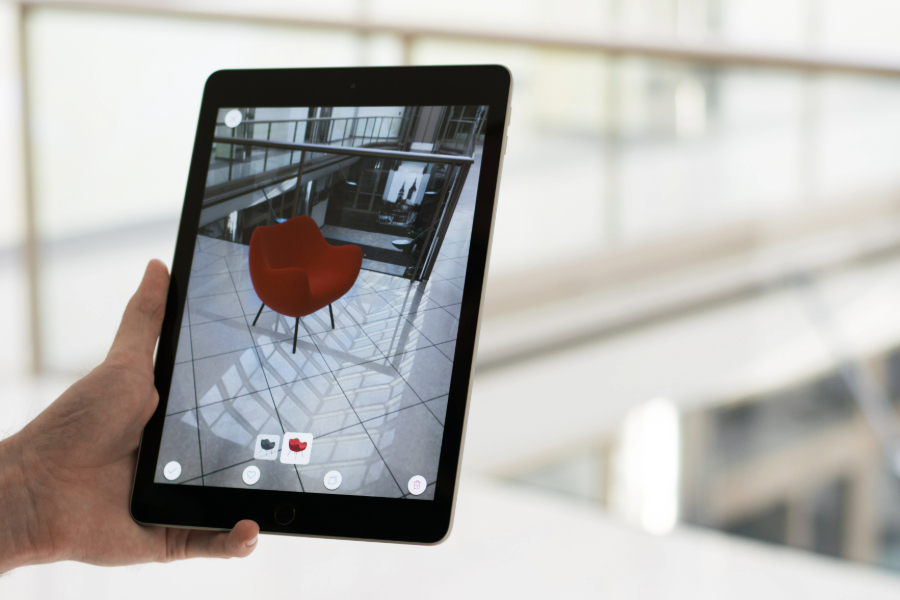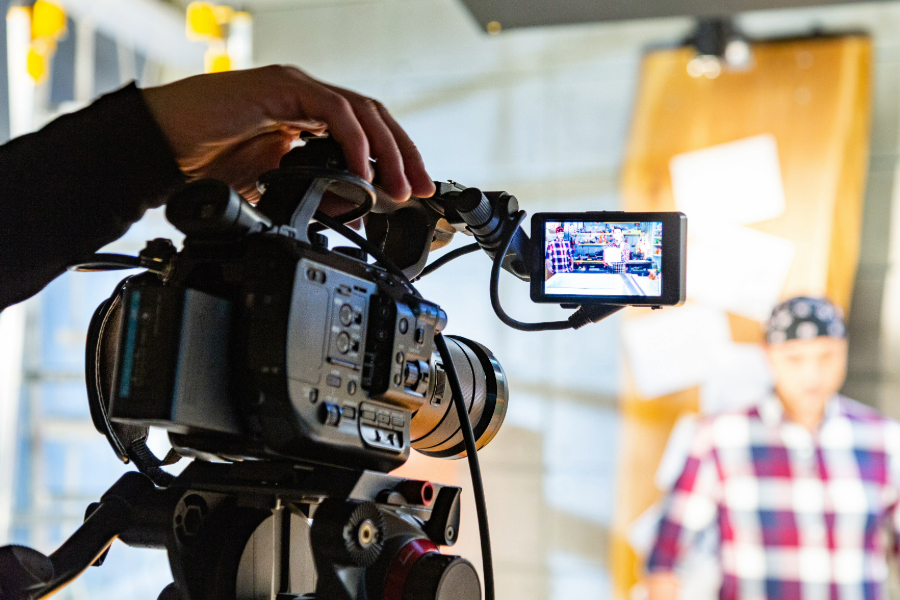3D animation has evolved from a tool for films and games into a cornerstone of modern marketing strategies. Its ability to create realistic, engaging, and versatile visuals helps brands stand out in a crowded digital landscape. In 2025, advancements in technology like real-time rendering, AI, and AR/VR integration make 3D animation more accessible and impactful than ever. This article explores what is 3D animation, how 3D animation works, its benefits over 2D animation, its applications across industries, and why it’s a must-have for marketers.
What is 3D Animation? The 3D Animation Process
Creating 3D animation involves three key stages: modeling, layout and animation, and rendering. Each step combines technical precision with creative storytelling to produce stunning visuals.
- Modeling: Animators build digital models of characters, objects, or environments using tools like Blender or Unreal Engine. Models are crafted from scratch or scanned from real-world objects, then enhanced with textures, colors, and materials for realism.
- Layout & Animation: Models are placed into scenes, posed, and animated using techniques like keyframe animation, motion capture, or procedural methods. This stage involves designing the digital set and choreographing movement to tell a compelling story.
- Rendering: The final step transforms digital work into high-quality visuals. Modern rendering engines produce photorealistic or stylized imagery quickly, making 3D animation efficient and versatile.
2D vs. 3D Animation: What’s the Difference?
The decision to use either 2D animation or 3D animation is often a creative one. It can; however, also be determined by the technical aspects of both.
Other than visual style, there are plenty of differences between the two animation techniques. Some of the main deciding factors are timeline, budget, and target audience. Regardless of one’s preferred style, the objectives of your project may require one technique over another. Sometimes, 3D’s more realistic capabilities are more useful than 2D’s creative possibilities.
Why 3D Animation Outshines 2D Animation
While 2D animation offers a playful, graphic style, 3D animation excels in realism, depth, and engagement, making it ideal for marketing. Key advantages include:
- Realism: 3D visuals mimic real-world depth and detail, perfect for product demos, virtual tours, or immersive experiences.
- Flexibility: 3D animation adapts seamlessly to platforms like websites, social media, AR, and VR, ensuring a consistent brand experience.
- Engagement: Lifelike movement and detailed visuals capture attention longer, increasing recall and action from audiences.
3D Animation Applications Across Industries
3D animation is transforming industries by delivering engaging, practical solutions:
- Real Estate: Virtual tours of apartments and commercial spaces offer immersive previews, helping buyers make informed decisions without physical visits.
- Education: Animated explanations simplify complex concepts, from medical simulations to scientific processes, enhancing learning for all ages.
- Branding: Companies use 3D animation for ad campaigns, social media, and AR/VR experiences, creating memorable and shareable content.
- Healthcare: 3D medical simulations aid training and patient education, providing clear, detailed visuals of procedures or anatomy.
There is also a lot of use for 3D animation in marketing. Many apartment complexes utilize it to create renders of their properties, both the interior and exterior. This allows prospective renters to view the property without having to actually visit it.
Why Brands Are Embracing 3D Animation
In a world of short attention spans and saturated media, 3D animation cuts through the noise. A polished, professional look grabs attention and drives action, making it a top choice for marketers. Key reasons include:
- Customization: 3D animation can be tailored to any platform or audience, from social media clips to immersive VR experiences.
- Cost-Effectiveness: Advances in tools like Unreal Engine and Blender make high-quality 3D animation more affordable.
- Impact: Visually striking content boosts engagement, recall, and conversions, helping brands stand out.
Future Trends in 3D Animation for Marketing
As technology evolves, 3D animation’s role in marketing grows. Key trends for 2025 include:
- Real-Time Rendering: Engines like Unreal Engine enable faster creation of dynamic, interactive content, enhancing user engagement.
- AR/VR Integration: 3D animation powers immersive experiences like virtual try-ons and interactive demos, revolutionizing customer interaction.
- AI Automation: AI tools streamline processes like motion capture, making 3D animation more efficient and accessible for brands.
3D animation is reshaping marketing by delivering engaging, realistic, and versatile visuals that captivate audiences. From virtual tours to immersive brand stories, its applications are vast and growing. As tools and trends like AI and AR/VR advance, 3D animation will remain a powerful tool for brands aiming to connect with audiences in 2025 and beyond.
To get started on your next animation project, get a quote from Point In Time Studios on 3D animation services today.



